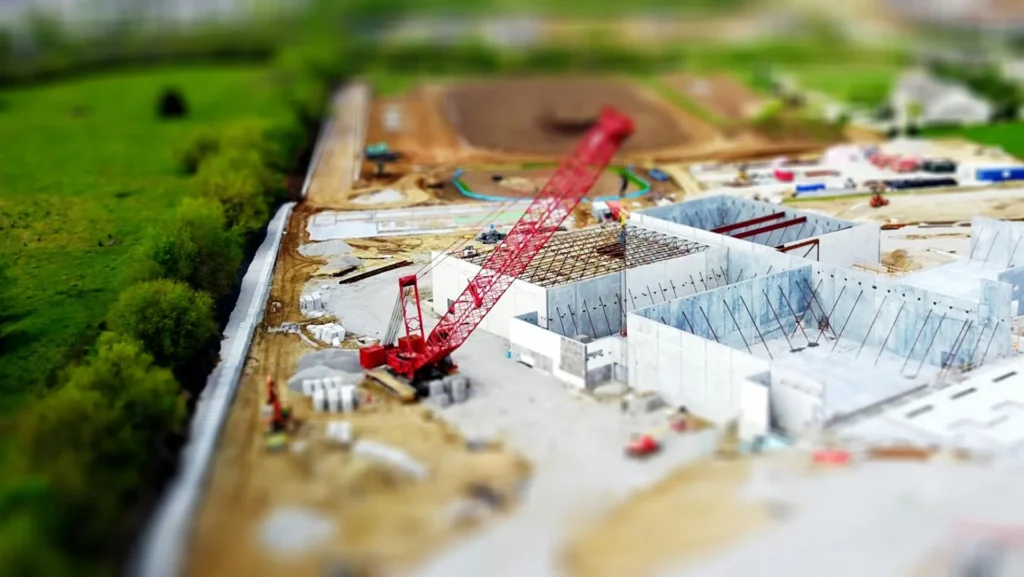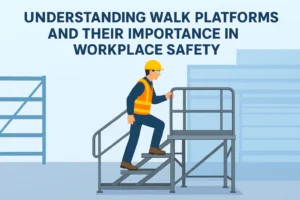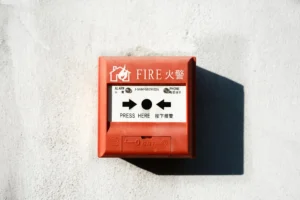Efficient execution in construction projects relies on seamless communication and the precise sharing of data across teams. As projects grow in scale and complexity, traditional coordination methods often fail to meet the demands. Planners and managers must now integrate digital solutions to keep workflows on track, reduce downtime, and stay within budget. Many firms have turned to construction coordination platforms that connect site conditions, design intent, and real-time updates into a single, manageable system.
Successful coordination no longer depends on weekly check-ins or spreadsheets. With the right tools in place, project leaders can gain comprehensive visibility into day-to-day operations, identify bottlenecks early, and make informed decisions more quickly than ever before.
Integrating Digital Tools Into Project Planning

Digital transformation is no longer optional for construction management. Cloud-based platforms, mobile applications, and project management tools allow field teams and office personnel to share information instantly. These tools eliminate the silos that often slow progress and result in costly errors.
Coordinated digital systems improve accountability and reduce confusion during task transitions. Teams with access to synced data can respond more quickly to on-site changes, identify issues before they escalate, and adjust schedules more efficiently. These benefits contribute directly to faster project delivery and more accurate forecasting.
Advanced planning platforms also enable detailed task assignments, real-time progress tracking, and early detection of risks. With customizable dashboards and alerts, managers can monitor workflows in real-time and proactively shift resources before problems escalate.
The Power of Reality Capture in Field Coordination
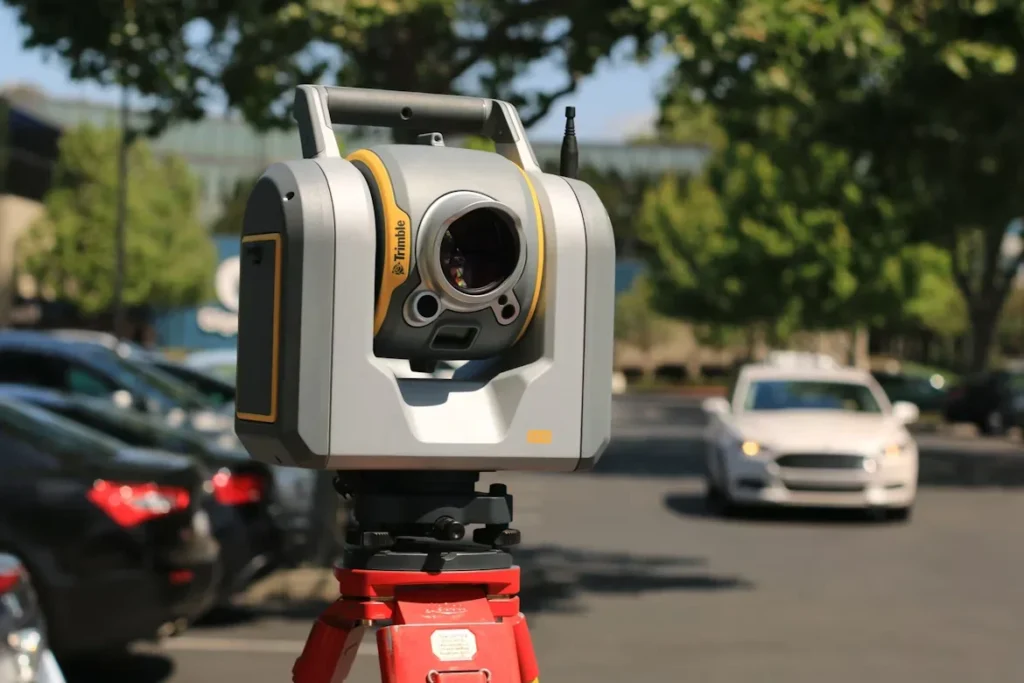
Reality capture has transformed how teams perceive job site conditions. By utilizing tools such as 3D laser scanners, drone photogrammetry, and 360-degree site cameras, planners can create highly accurate models of the built environment. These visual and spatial records reduce rework by providing verifiable context to all stakeholders.
When integrated with digital coordination platforms, reality capture data enables teams to identify deviations between plans and actual progress, thereby enhancing communication among design, engineering, and construction teams. Instead of relying on reports or assumptions, decision-makers can work from reliable, visual documentation.
Reality capture also enables remote stakeholders to review conditions without visiting the site, streamlining the approval process and reducing meeting time. With these insights, planning becomes more proactive and grounded in real-time, observable evidence.
Common Challenges Slowing Construction Teams
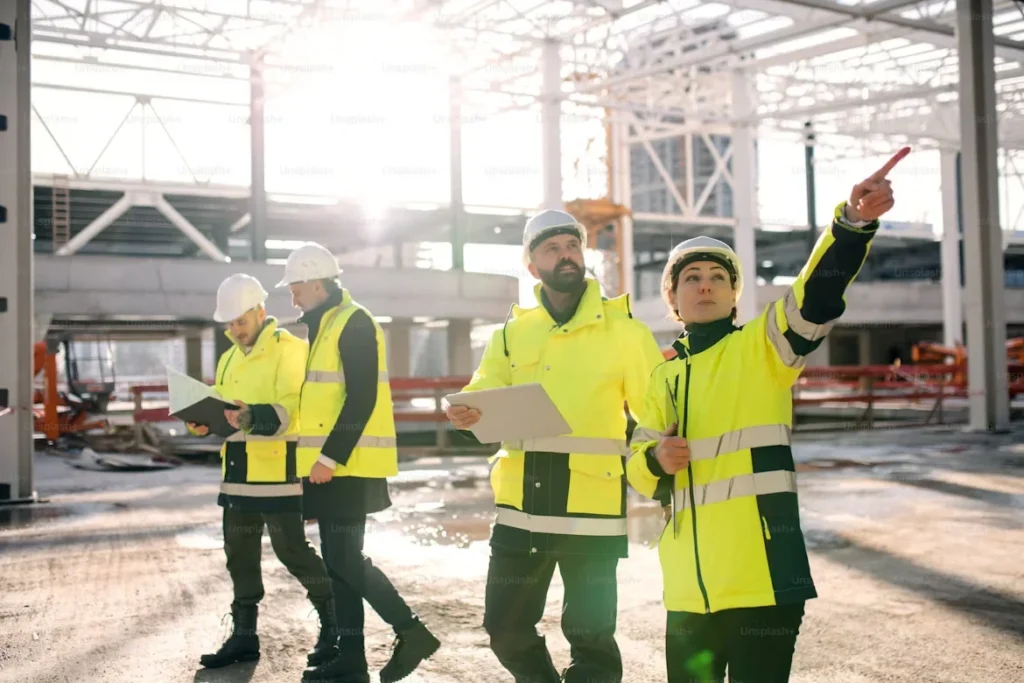
Even with advanced tools available, some construction teams still face recurring problems. Poor communication, outdated documents, and inconsistent reporting can lead to delays and increase budgets. Technology helps, but only when it is adopted consistently and used in conjunction with the right workflows.
Construction teams often deal with:
- Misaligned schedules across subcontractors or trades
- Incomplete data from field inspections or material tracking
- Limited visibility into real-time site progress
- Data silos between design software and field apps
- Delays in decision-making due to unclear or missing context
These friction points can be reduced when coordination systems bring data, teams, and tools together on a shared platform. Standardizing these connections early in the project lifecycle creates smoother transitions and clearer communication across phases, while also helping firms maintain compliance and documentation for future audits or claims.
Leveraging BIM for Real-Time Collaboration
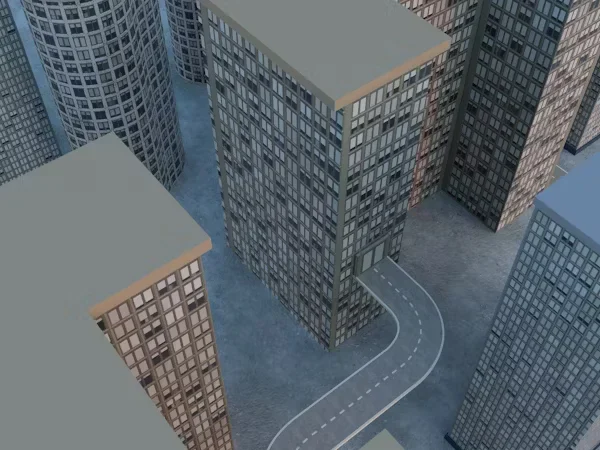
Building Information Modeling (BIM) remains a vital component in ensuring effective project coordination and management. When BIM models are linked to scheduling and site updates, they become more than just a design reference; they become a living tool for field validation and progress tracking.
Construction managers can connect BIM with reality capture scans to detect discrepancies, resolve spatial conflicts, and plan around physical constraints. This approach also supports improved safety planning, with better visualization of risk areas and site logistics. Teams gain confidence in their plans when visual and data-driven elements align.
Incorporating BIM into construction workflows also supports the use of prefabrication and modular building strategies. These approaches reduce labor demands and compress timelines by shifting complexity off-site, where work can be better controlled and quality-assured.
Training Teams for Technology-Driven Coordination
Technology adoption only works when teams are properly trained. Field crews, foremen, and supervisors need hands-on experience with coordination software and reality capture tools. Without user confidence, even the best systems won’t improve efficiency.
Successful implementation begins with clear standards. When companies establish protocols for file naming, data syncing, photo documentation, and issue tracking, workers can follow established routines that enhance accountability and efficiency. Teams perform better when they know exactly how to use their digital tools and how those tools support the overall project goals.
Ongoing training programs and peer-to-peer knowledge sharing can strengthen digital fluency across roles. As new technologies emerge, flexible teams are more likely to adapt and maximize value.
Start Coordinating With Smarter Tools Today
Construction coordination has evolved far beyond paper plans and weekly meetings. Modern planning requires up-to-date data, visual site records, and connected tools that keep every stakeholder informed. With reality capture and centralized platforms, your projects can run smoothly, avoid delays, and reach completion with greater predictability. Start using smarter tools today to drive your next project forward.






